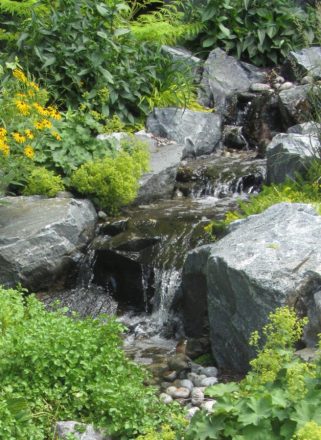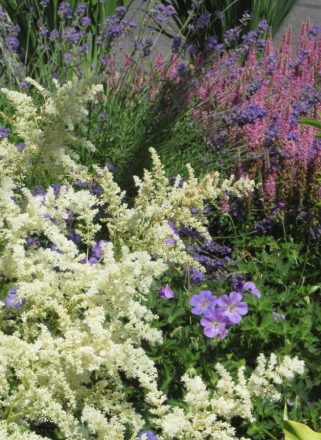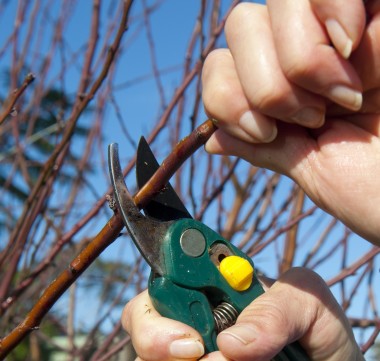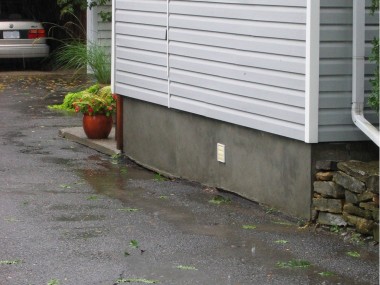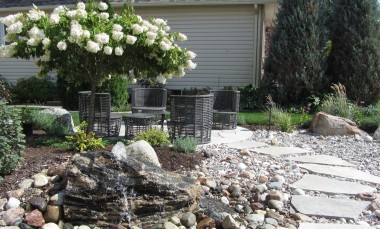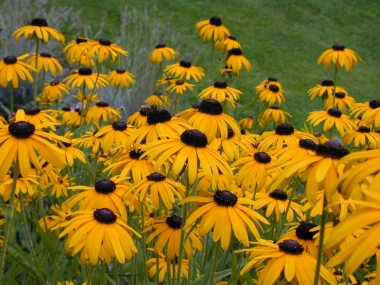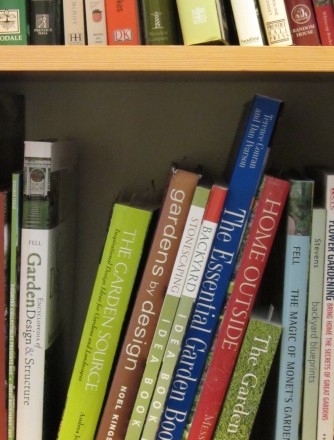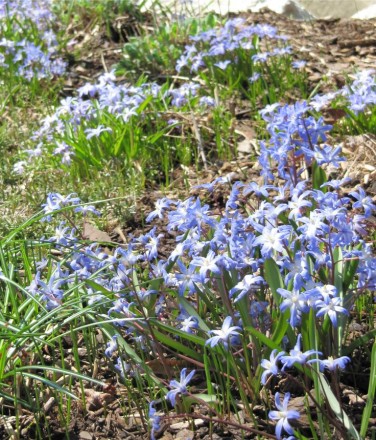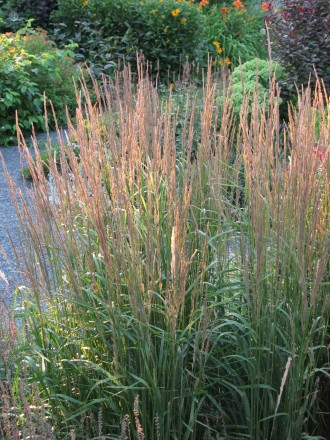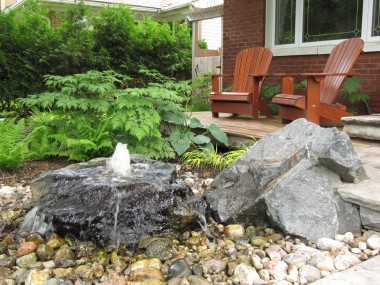Few flowers are as easy to grow, yet offer the beauty and versatility of the tulip. From plain-looking bulbs come vivid blooms that provide a variety of heights and textures to brighten up the spring garden after a long, dreary winter.
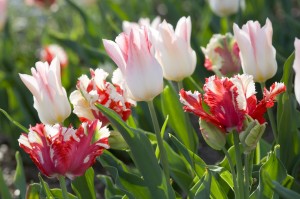 How long each tulip flower lasts depends entirely on the weather. Long, cool springs are perfect for preserving the flowers. However, you can extend the length of your spring bulb display by choosing bulbs with different flowering times. By selecting bulbs carefully and with the blessing of good weather, it is possible to enjoy a succession of tulips blooming in the garden from March into June. For the best effect, plant bulbs in groups or clusters, rather than in a single row. Note the height of each type of bulb and plant the lower-growing ones at the front of your garden.
How long each tulip flower lasts depends entirely on the weather. Long, cool springs are perfect for preserving the flowers. However, you can extend the length of your spring bulb display by choosing bulbs with different flowering times. By selecting bulbs carefully and with the blessing of good weather, it is possible to enjoy a succession of tulips blooming in the garden from March into June. For the best effect, plant bulbs in groups or clusters, rather than in a single row. Note the height of each type of bulb and plant the lower-growing ones at the front of your garden.
When selecting tulip bulbs at a garden centre, choose smooth bulbs that are not soft or misshapen. In general the hybrid tulips you purchase should be a good size — at least 11 cm in circumference. The exceptions to this rule are the species tulips, which have smaller flowers and some multi-stemmed tulips come from smaller bulbs, 7-9 cm around.
Tulips fall into three separate flowering groups: early (which flower from early spring to the early part of mid-spring), mid-season (flowering from mid- to late spring) and late (flowering in late spring to early summer).
Early-flowering varieties: These can bloom in late March if planted in a warm, sunny site. Early tulips are generally the shortest in height and should be planted near the front of borders. Single early hybrids have large egg-shaped flowers on short stems. Species tulips include Tulipa fosteriana which have the largest flowers of the species tulips. The flowers are 25 cm when fully open and grow about 30 cm tall. Tulipa kaufmanniana is also known as the waterlily tulip because its flower opens wide in the sun and closes back up in the evening.
Midseason types: These varieties flower in between early and late tulips and are midway in height as well. Most grow 45-60 cm high. These are strong, sturdy tulips that will do well in exposed areas. Double-flowered hybrids have large flower heads on stout stems. Darwin hybrids have egg-shaped blooms with squared off bases, and are available in a wide choice of colours. Triumph tulips are popular because of their wide colour range, as well. Greigii hybrids have distinctive purplish brown markings on their leaves.
Late flowering varieties: Darwin and cottage tulips have a perfect egg shaped bloom held on long, 60 cm stems. Lily-flowered tulips add an elegant touch to the garden. They have a slender waist, from which the tips curve gracefully outward.
Fringed tulips have a fringed, feathery edge on their petals and are an eye catching addition to the garden and good in arrangements. Viridiflora hybrids have a distinctive band of green on the outside of the petals. Rembrandts appear in many old Dutch paintings. They are characterized by a feathery vein of contrasting colour curling around the petals. The broken colouring is actually caused by a virus, spread through this variety by aphids. Parrot hybrids also have showy ruffled blooms; the edges of the petals are frilly and deeply cut creating a feathery effect. Double late tulips, also called peony flowered tulips, have a full, beautiful double flower — one of the latest tulips to bloom in the season. Multiflora hybrids are mid-sized tulips with three to five blooms per stem.
This information is provided by Landscape Ontario Horticultural Trades Association



